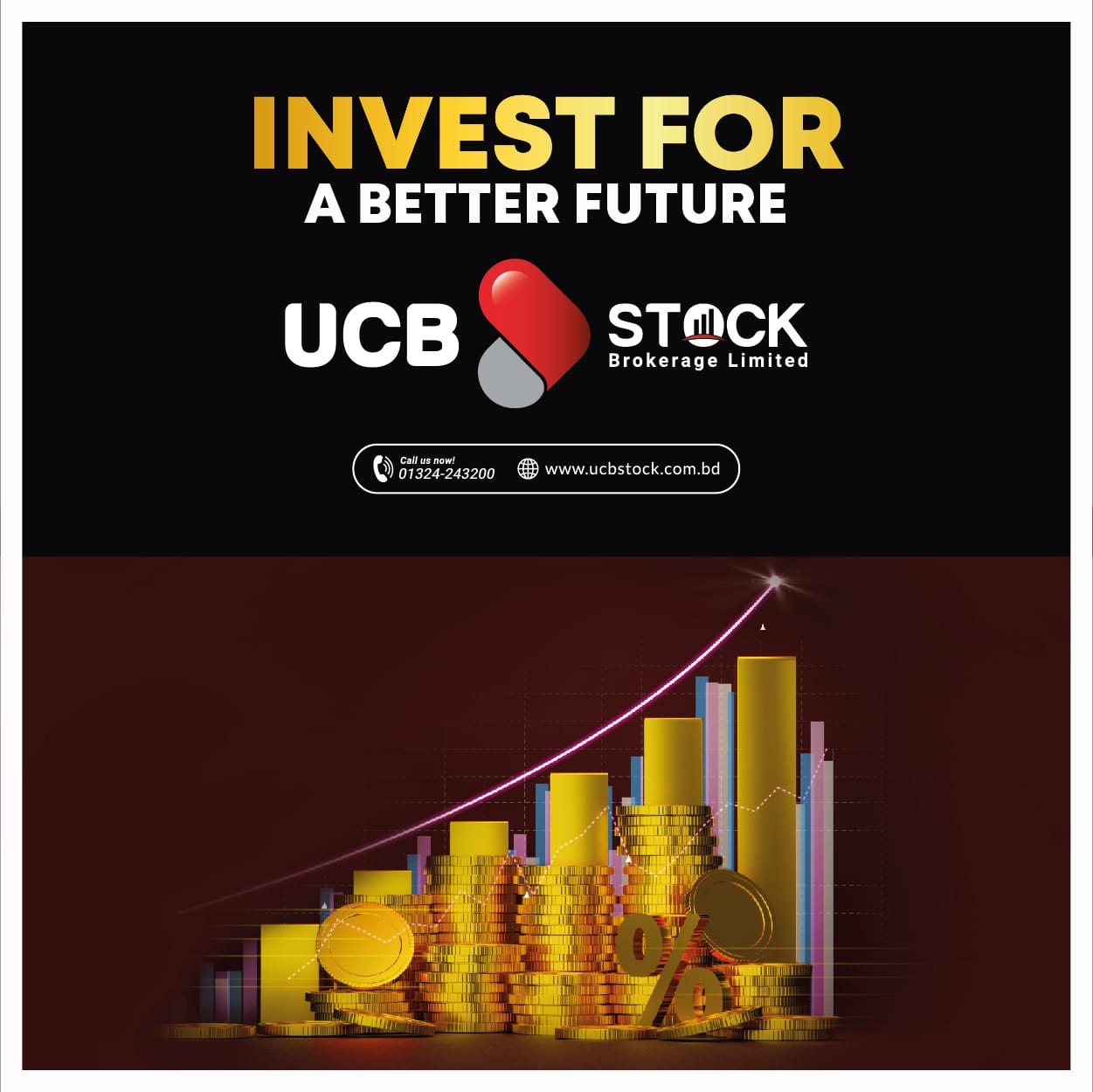The digital age has ushered in an era of transformation for money, triggering debates about the role of cryptocurrencies, central bank digital currencies, stablecoins, and the possible encroachment of Big Tech into the monetary system. In the midst of this upheaval, central bankers, economists, and the private sector are grappling with fundamental questions about the future of money. This column presents seven insights on redefining the monetary standard in the digital age, offering a perspective that bridges traditional central banking and the disruptive potential of digital innovation.
Monetary economics deals, at its core, with the question of what to exchange (money as a unit of account) and how to exchange it (money as a medium of exchange) in a context of very strong network externalities. It is therefore a question that is fundamentally different from other typical problems in economics, and sometimes escapes basic intuition and sows confusion. In a recent book (Stracca 2025a), I critically review the most important concepts and questions, with a look ahead into our most likely digital monetary future. Among many others, seven questions come to the fore.
1. Is this the most interesting time for monetary economics in a generation?
Are we living in a transformational moment? We are tempted to believe that at all times, but it is not far-fetched to argue that the current era is the most fascinating period for monetary economics since the Great Moderation of the mid-1980s, or even earlier. Back then, central banks mastered the art of ensuring price stability in a world of fiat money, establishing key principles such as central bank ccccccc, a focus on price stability (sometimes in the form of explicit inflation targeting), and adherence to an interest rate instrument and the Taylor rule. For decades, this framework provided stability and has been remarkably successful, but, today, it is being challenged on multiple fronts.
Cryptocurrencies, stablecoins, and the looming presence of digital innovation and Big Tech are questioning the very foundations of the monetary order. While central bank money and commercial bank money built on it remain dominant, they now face competition as a medium of exchange and, to a lesser extent, as a unit of account. The rise of digital assets has sparked a re-examination of fundamental questions: What should money be? Who should issue it? And how should it function in an increasingly digital and decentralised world?
2. Paying interest on reserves: The unsung hero of modern monetary policy?
While the key innovations of the present system have been established in the 1980s, one more recent and underappreciated development in the current monetary system is the ability of central banks to pay interest on mandatory and excess reserves (IOR). Introduced in several advanced economies (notably in the US) in the wake of the global financial crisis, IOR has revolutionised the operational frameworks of central banks.
By paying interest on reserves, central banks can directly set the nominal interest rate, rather than steering it through the quantity of central bank money, showing in a very transparent way that the nominal rate is an indeterminate variable without their intervention. This tool has not only simplified monetary policy implementation but also allowed central banks to address price and financial stability independently, at least to some extent, for example by enabling financial stability-related quantitative easing (QE) at any level of the interest rate. It could be said that IOR allows central banks to finally align with the ‘Friedman rule’.
3. Is the current system infallible?
While the current system works remarkably well, it is not without its flaws or potential threats. Several persistent challenges undermine its effectiveness. First, the zero lower bound (ZLB) problem, despite innovations in monetary policy, remains a significant constraint. While central banks have deployed tools like quantitative easing to circumvent it, there is still no foolproof solution.
In addition, the Taylor principle – that central banks should raise nominal interest rates more than one-for-one in response to inflation – appears to work well in practice but it is compatible, at least in theory, with potentially explosive inflationary dynamics, which remains a puzzle. Related, inflation continues to be difficult to control. The Phillips curve (the inflation-unemployment trade-off) and, perhaps even more so (though less studied), the IS curve (the relationship between interest rates and output) have become increasingly uncertain and less sensitive to interest rate changes, complicating inflation targeting. Last but not least, the elusive natural rate of interest, or r*, is notoriously difficult to estimate, with many central bankers avoiding the topic altogether due to its uncertainty.
These unresolved issues highlight that while the system has evolved and it works, it is far from perfect. In fact, it is interesting that countries’ empirical inflation performance reflects more their overall institutional quality than the technicalities of monetary policy (Stracca 2025b).
4. The decline of cash: Should we celebrate or worry?
Cash, once the cornerstone of monetary systems, is in decline as a means of payment. Evidence from the euro area (see Figure 1) shows a steady drop in the use of cash, at least in relative terms, particularly among younger generations who favour digital payment methods. Even in Germany, where cash holds a unique cultural significance, its dominance is waning. The medium of exchange dimension of money is currently dominated by bank deposits, powered by credit cards. This is also a natural consequence of the rise in e-commerce, where cash cannot be used.
While economists have often argued, and convincingly, that the decline of cash is not necessarily a bad thing (Rogoff 2016) – as it perpetuates the ZLB problem by preventing deeply negative interest rates and facilitates illegal transactions – it is best to pause before celebrating its demise. First, some argue that it is be the only remaining payment method that ensures full anonymity. Second and arguably more importantly, it is essential to consider its role as a reserve during crises. Cash remains indispensable in scenarios like power outages, natural disasters, or cyberattacks, where digital systems may fail. Crucially, to ensure its reliability, cash must remain in circulation and be continuously tested in real-world conditions. In the rush to embrace digital money, we should therefore not underestimate the resilience and utility of cash. Moreover, the introduction of central bank digital currencies (CBDCs) is also a response to the decline of cash.
Figure 1 Currency in circulation and sight deposits in the euro area


Note: Data are scaled by nominal GDP for the euro area. Blue bars: currency in circulation; red bars: overnight deposits. The large increase in both series around 2020 mainly reflects the contraction of GDP in the Covid period.
Source: ECB.
5. Bitcoin is flawed, but is there real value in the revolution it sparked?
Bitcoin, heralded by some as the future of money, represents a groundbreaking innovation in decentralised payment systems. Its blockchain technology solved the ‘double-spend problem’, allowing for secure peer-to-peer transactions without intermediaries. However, it is likely not to be our monetary future, for two reasons.
First, the payment system underlying it is inefficient – its decentralised nature makes proof of work a necessity, rendering it slow and costly, with high energy consumption and transaction fees. And, importantly, this is a feature, not a bug.
Second, it is a poor monetary anchor. Bitcoin’s supply is capped, inspired by gold, which has proven to be a subpar monetary standard due to its rigidity. Its price is volatile and rests on fragile grounds (e.g. Papsdorf et al. 2022). A better monetary anchor would be more flexible and adaptive to economic conditions, and the proponents of Bitcoin could have been better students of monetary history.
Despite these flaws, the broader crypto ecosystem has made significant strides. Stablecoins are emerging as low-risk digital assets, while advances in distributed ledger technology (DLT) are improving scalability and efficiency – albeit unavoidably at the expense of full decentralisation (see the interesting theoretical analysis in Auer et al. 2025). These trends are also taking a geopolitical spin in the uneven development of the global regulatory framework and the different design choices made by key economies such as the US, China, and Europe (more on this in Levy Yeyati and Katz 2025).
Perhaps most promising is the concept of tokenisation, which refers to the representation of real-world assets or rights on a DLT. Tokenisation has the potential to reduce transaction costs, democratise access to financial markets, and make money more ‘programmable’, allowing for conditional payments – something that is very difficult to do in today’s monetary system. While Bitcoin may not fulfil its original vision, the innovations it has inspired in other areas could revolutionise the financial system.
6. Is crypto a vindication of Hayek?
Does the rise of cryptocurrencies vindicate Friedrich Hayek’s vision of competing private currencies? Hayek famously argued for the de-nationalisation of money, proposing that private issuers should compete to provide the best currency.
At first glance, crypto-assets seem to embody Hayek’s vision. However, the reality is more nuanced. Even free market economists such as Milton Friedman and others had long argued that money is a natural monopoly, where a single issuer tends to dominate due to network effects. The global dominance of the US dollar in international trade and finance, where in theory free competition among currencies is allowed, illustrates this point.
While crypto-assets introduce competition, they have not replaced state-issued currencies as the primary medium of exchange or, especially, unit of account. Nevertheless, the mere threat of competition has spurred innovation in the monetary domain, inspiring central banks to modernise their systems and explore digital currencies. In this sense, Hayek’s vision serves as a useful challenge, even if it remains unrealised.
7. Monetary policy on autopilot: A digital revolution?
The digital age opens the door to a radical rethinking of monetary policy, including the possibility of ‘autopilot’ systems where money is an indexed unit of account. This modern vision may be inspired by Irving Fisher’s ‘compensated dollar’ idea, which is partly reflected in real world experiments in indexed units of account such as Chile’s Unidad de Fomento. This is an idea also advocated by Shiller (1998), but with surprisingly little traction so far.
In this system, money itself would be indexed to a basket of goods or inflation, reducing the need for active monetary policy. Importantly, digitalisation makes such a system significantly more feasible, enabling real-time adjustments and greater transparency.
However, significant risks remain. For one, the current system works well overall – why fix something that isn’t broken? Additionally, some argue that most contracts are nominal for a reason, and indexing could introduce complexity or loss of useful synergies. There is also the risk of manipulation of the price data by statistical authorities that prevent full indexation, and the loss of central banks’ ability to create surprise inflation, which can be a useful tool in crises. Despite these challenges, the idea of monetary policy on autopilot is not without merit. It represents a bold vision for the future, one that could redefine the role of central banks in a digital economy.
Source : VOXeu



































































